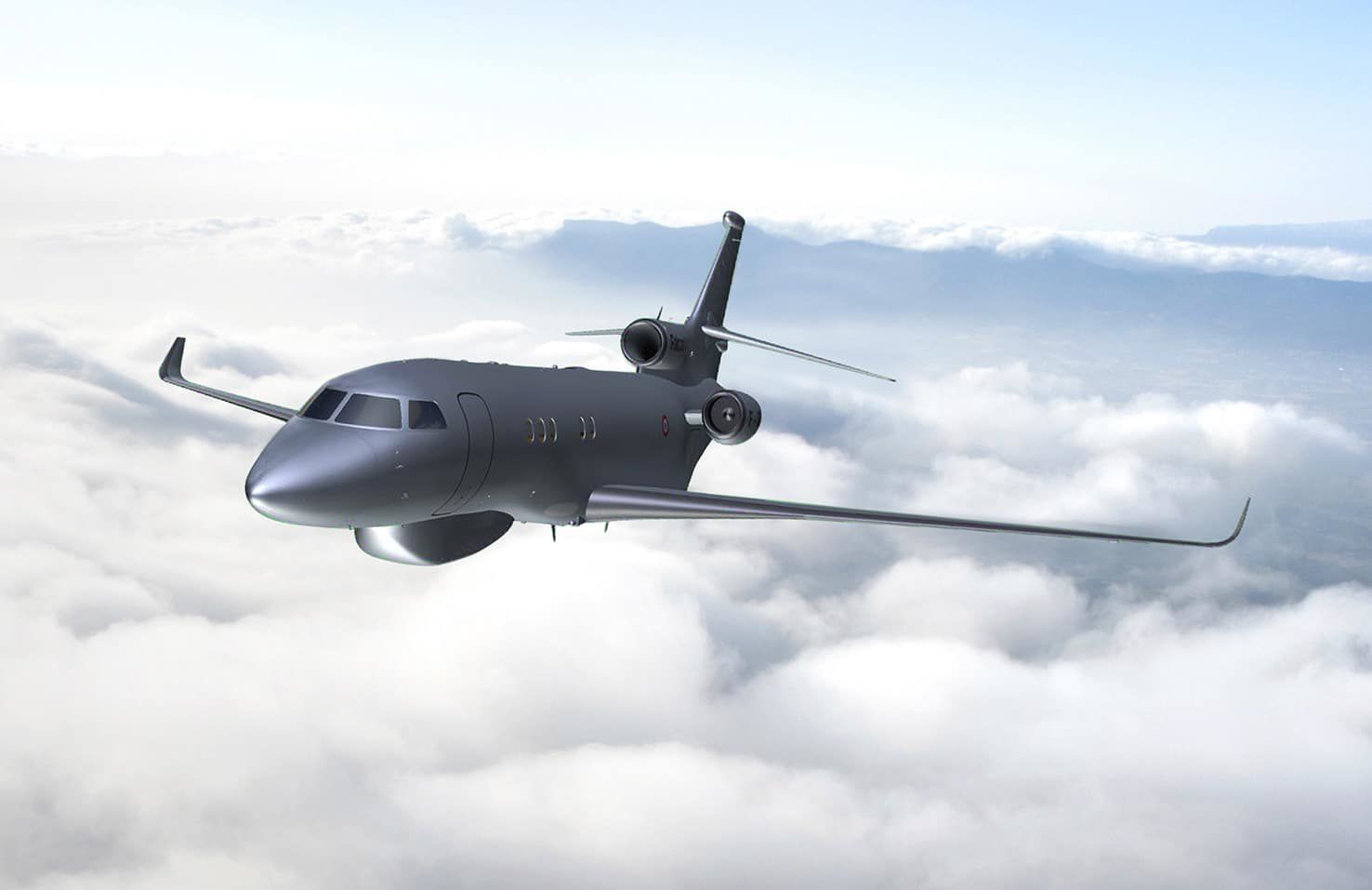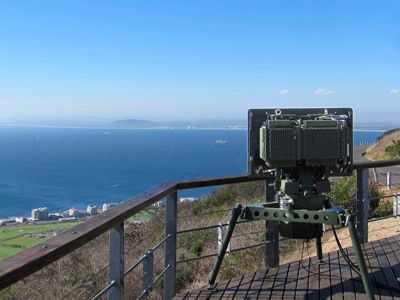Jun 7, 2013 ASDNews Source : US Air Force
The 451st Flying Training Squadron completed the final step of a long journey when a T-1A Jayhawk modified for electronic warfare training took flight on a training sortie June 4.
This is the first time in Air Force history an undergraduate aviation program has formally incorporated the fundamentals of electronic warfare in flight into their combat systems officer training syllabus.
"Incorporating a formalized, airborne electronic warfare training platform is a first for flying training at the undergraduate CSO level," said Lt. Col. Timothy Moser, the 451st FTS commander. "Eleven years after the original (Chief Staff of the Air Force) vision and after four years of testing, the first official student training flight is a significant accomplishment for the unit and the Air Force."
"The 451st FTS has embraced innovation," said Gen. Edward Rice, the commander of Air Education and Training Command. "Rather than rest on their laurels, the unit strived to find better ways of doing business, while embracing a culture of cost consciousness. Advances like these enable our nation's airpower advantage while helping us meet today's fiscal challenges."
While the 451st FTS, which executes the advanced phase of undergraduate CSO training, has employed the T-1 since 2009, the newest modifications usher in a new era in CSO training.
Previously, the electronic warfare portion of CSO training was taught only in a simulator with basic flying skills taught in the aircraft. With the new modification, the electronic warfare skills are now integrated into the flying where the concepts initially taught exclusively in the simulator are reinforced airborne.
The modifications allow the T-1 to hold an additional student and instructor station in the aft section of the aircraft. The aft training stations receive flight information from the aircraft's avionics, global positioning system, flight instruments and simulated threats are introduced to provide a virtual threat environment to students. The modifications also include new touchscreen consoles that allow instructors to interact with students and set up different threat scenarios to better teach students how to identify and react to notional threats while in flight.
The addition of the second training station and instructor station allow twice as many student training events to take place in the same amount of sorties, Moser said.
"Basic electronic warfare training has never been formally conducted airborne until now," he said. "And because of the modifications, we're able to do so without adding any additional sorties, which saves resources and Airmen's time while enhancing the quality of our training.
"The configurability of this system allows for flexibility in training we've never had before - it's nearly limitless," Moser said of the system. "All an instructor needs to do is change the configurations in the system and the student can train for practically any scenario in any operational airframe they are eligible for assignment to later. Not only are we getting twice as much accomplished in one sortie, we're also saving future resources because we won't have to update the aircraft as frequently to adapt to changing requirements."
The new modifications prepare students for operational responsibilities in a threat environment, while fostering crew coordination and the ability to problem solve during actual flight," said Maj. J.D. Shell, the 451st FTS director of staff. "Through innovation, we've changed the way the Air Force conducts undergraduate electronic warfare training."
"The training is now more modern and incorporates advances in GPS technology and electronic flight displays, similar to operational aircraft. The result is a better prepared aviator for the operational Air Force," Shell said.
In addition to navigation duties, in operational aircraft CSOs inform aircrew members of threats, provide systems management, verify target identity and release munitions. The new T-1 modification helps teach students those responsibilities by providing simulated synthetic radar with a virtual target. Instructors aboard the aircraft have the ability to dynamically control threats in real time. The modified T-1 system also has the capability to record and play back the flight data for further evaluation and enhanced flight debriefs.
The modified T-1 development and test team, affectionately known as "the Mod Squad," worked to improve system reliability to make the system more user-friendly for instructors and students. The team, composed of civilian engineers and 451st FTS instructors, worked to automate unnecessary and cumbersome procedures, thereby lowering the chance for instructor-induced errors, and securing valuable training.
Following the 2005 Base Realignment and Closure Commission, the Air Force was tasked to consolidate specialized undergraduate navigator, electronic warfare officer and weapons system officer training into one course. The result was the creation of Undergraduate Combat Systems Officer training and the stand up of the 479th Flying Training Group at Naval Air Station Pensacola, Fla., in 2010. The group is now the sole provider of Air Force CSO training, graduating approximately 350 students per year. Once they've completed the program, each graduate is universally assignable, meaning they can be assigned to any aircraft with a CSO crew position in the Air Force fleet.














